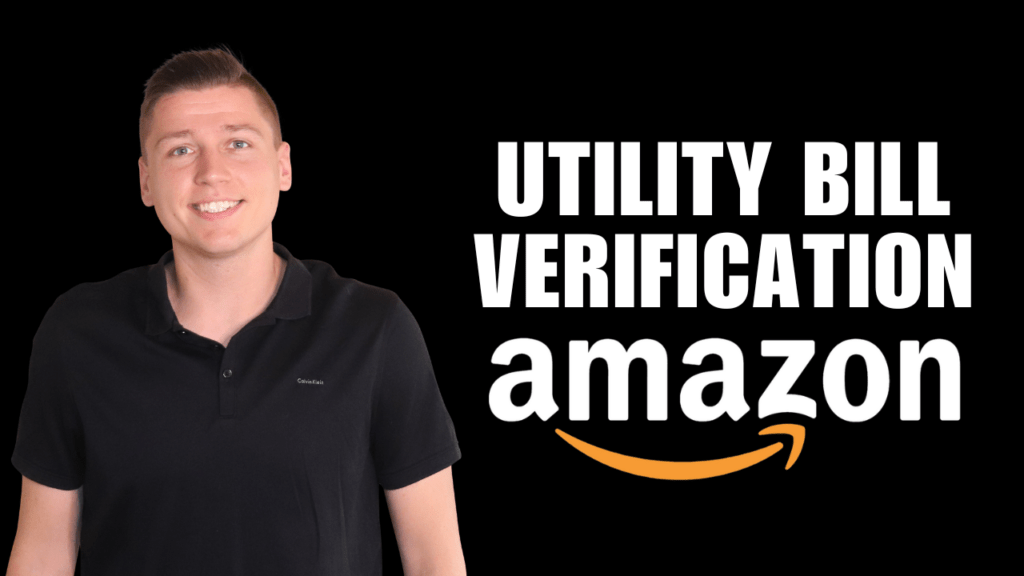The Amazon FBA business model involves sourcing products, branding them, and re-selling them for profit on Amazon using their automation and delivery system.
It’s how I earned over $1.1 million in sales my first year selling, and how sellers around the world are using Amazon’s massive reach to supplement their income and cut back on soul-draining work hours.
But here’s a little secret:
I crashed and burned on 3 failed products straight-up, and lost over $15,000 in botched inventory before I saw any return on investment.
So I know how intimidating starting an online business from scratch can be, especially amidst stiffer competition and increased prices from inflation.
But it’s never too late to start an Amazon business! Here’s how to create a successful side gig on Amazon in 2024.
Set Up A Firm Business Foundation

As far as documentation goes, setting up an online business is similar to starting up a brick-and-mortar business. Getting a few simple steps taken care of at first will save you loads of headaches in the long run (and around tax season).
Luckily, companies like Legal Zoom and Bank of America make it super simple to get the checklist started from the comfort of home.
Here’s what I highly recommend before starting on Amazon:
- Set up an LLC
- Get an EIN (basically an SSN for your business)
- Create a business bank account
- Have $10k in startup cash
- A working laptop and internet connection
Setting up an LLC and business sounds complicated, but I promise it’s pretty straightforward.
Doing so will simplify your taxes, and protect your assets in case legal issues arise (better be safe than sorry.)
Optional:
- Business Email
Click here for an honest breakdown of first-year Amazon FBA costs.
*Practice* Product Research

Finding a profitable product is one of the biggest hurdles to earning profits on Amazon.
A lot of new sellers have the same questions/and comments:
- How do I know where to start researching products?
- Is Amazon too oversaturated?
- Every product idea I have is already taken. What now?
Here’s the truth; product research is a skill, and just like any skill, it takes practice to get right.
But how exactly do you practice finding products to sell on the internet?
Simple; just do it repetitively.
Think of product research like a jigsaw puzzle. The more pieces you put together, the fewer pieces you have to sift through and ponder over. As a result, the puzzle speeds up, and your progress starts to show.
Likewise, the more time you spend researching products, the better insight you’ll gain into what makes a successful product. You’ll get to the point of determining:
- Which products/niches/categories to avoid
- Creative approaches to researching
- Unique ways to differentiate/bundle products
- How to borrow ideas from different niches
- Auditing competitor’s reviews/listing to learn what to capitalize on
In every respect, you have to go down a rabbit hole. Like…deep into the rabbit hole.
But hard work pays off. When I first started selling, the more time I dedicated to product research, the better my ideas became, until I eventually struck gold on a few products. It just took practice and patience to get there.
I recommend Helium 10 for easy-to-use product research software.
Find some easy-to-understand product research tutorials here and here.
Focus on Brand from Day #1

I’m constantly mentioning the importance of branding.
But what exactly am I talking about, and why is it so important?
Branding is how you set your products apart from competitors. It’s how you give perceived value to potential customers. A well-branded product connects to customers on an emotional level and establishes trust and credibility. And when done effectively, a well-branded product can charge a premium price.
Here’s an example.
The carbonated water brand Liquid Death has branded their product so well they’re able to sell cans of freaking water for outrageously high prices. Here’s how they’ve done it.
- Focused on sustainability by using aluminum cans vs. plastic
- Differentiated their product; how many other water brands have a death-metal theme?
- Leveraged social media, humor, and storytelling to connect to their audience (and did a helluva job with it).
- Created memorable/striking branding that sparks curiosity
- Used influencers and celebrities
And remember, they became a billion-dollar business by just selling freaking water.
Branding takes a lot of planning, but here are a few beginner tips.
- Save any visually striking social media pages and websites for inspiration
- The internet’s infested with bots. Prioritize authentic and high-quality content
- Grab a professional subscription to Canva and start binging YouTube Tutorials. It will greatly cut down on time spent creating branded content
- Create a branding kit and keep colors and fonts consistent across all platforms, for example, match A+ Content with your website and social media aesthetics.
On top of everything else, Amazon gives perks to registered brands, which makes pushing products and hitting consistently healthy margins easier:
- A+ Content – The website-like feature on an Amazon listing
- Advanced Brand Analytics
- Vine – Program to help with first reviews
- Amazon Live
- Store – Create a Website/Instagram-style Storefront directly on Amazon
Are You Ready to Start an Amazon FBA side hustle?

My Amazon Winners Academy (AWA) mentorship guides you through the entire Amazon FBA process and provides a community of support with others on the same journey.
You’ll get hands-on support from experienced sellers who share the same goals and aspirations.
AWA gives you a much-needed safeguard from costly mistakes, dead ends, and failed product investments to reach your passive income goals.
So whether it’s solving issues with your Seller Central account, creative approaches to product research, scaling to new markets and niches, validating product ideas, customer service issues, and more, we’ve got you covered.
Learn more about it here.


